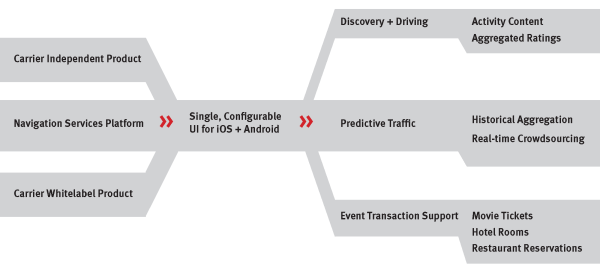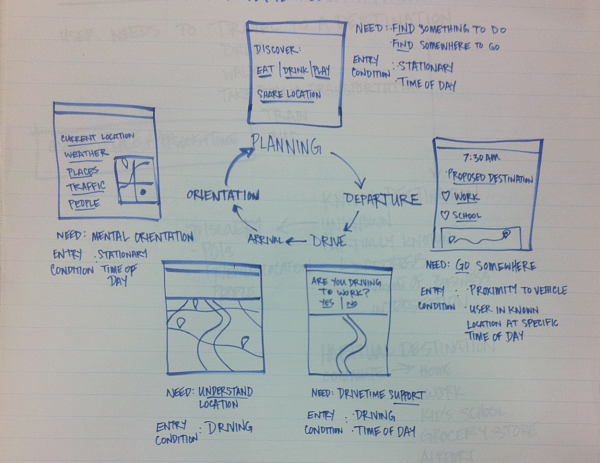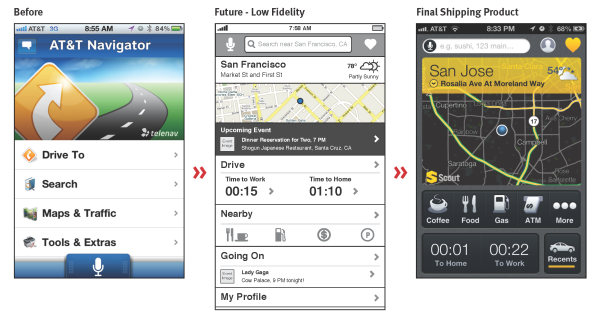Most ideas are incremental extensions of existing solutions. To truly reimagine new solutions, we must first understand how the world is changing. Only then can we anticipate how to solve real problems for people.
By observing how people do things in the real world, we can gather evidence of what is going on rather than assuming we already know.
By focusing on not just what they say, but what they are doing, thinking and feeling, we can identify unarticulated needs.
After spending time with a relatively small number of users, we can identify a consistent journey and seek ways to fit new solutions into people’s lives.
Once we have captured the current experience, we can look for patterns of opportunity.
As we start making sense of the insights, we can consider strategies for where to create the most value for our user.
Sketching ideas can take form as storyboards, interface designs, or in this case, a little structure to prioritize the new ideas in a single solution.
As ideas form into concepts, it helps to think through the primary use cases as interactions without worrying too much about final visual design.
When we are ready for feedback, prototyping with high fidelity designs can sell the new idea to stakeholders and test concepts with users.
Concepts typically go through several iterations, and it is important to contrast current vs future to evaluate success and scope of effort.
For all the strong ideas that can’t be done right away, creating a roadmap helps consider time, effort and dependencies to achieve fundamentally different solutions.

And then we start developing the real offering with a focus on go-to-market strategy and an eye on the competition to ensure we stay ahead of the game.










You must be logged in to post a comment.